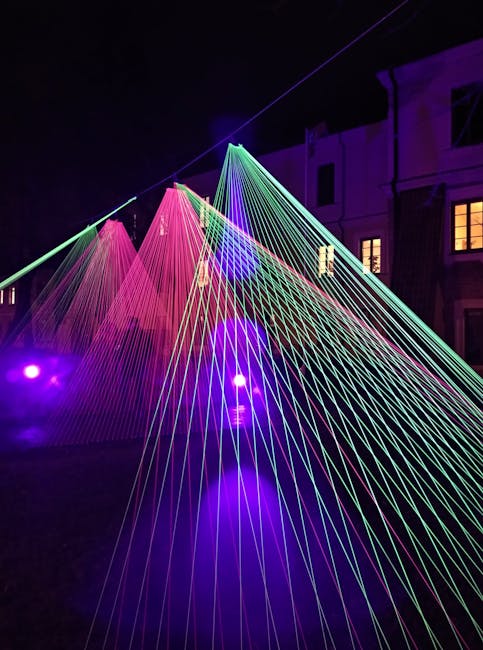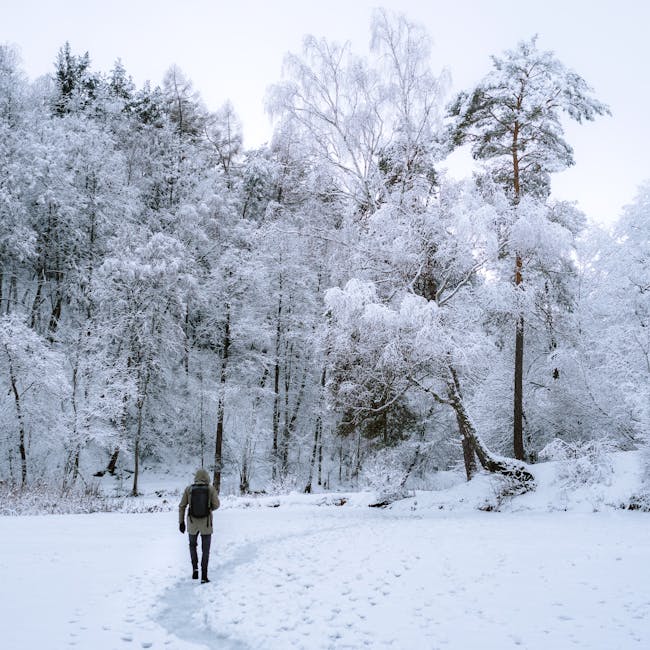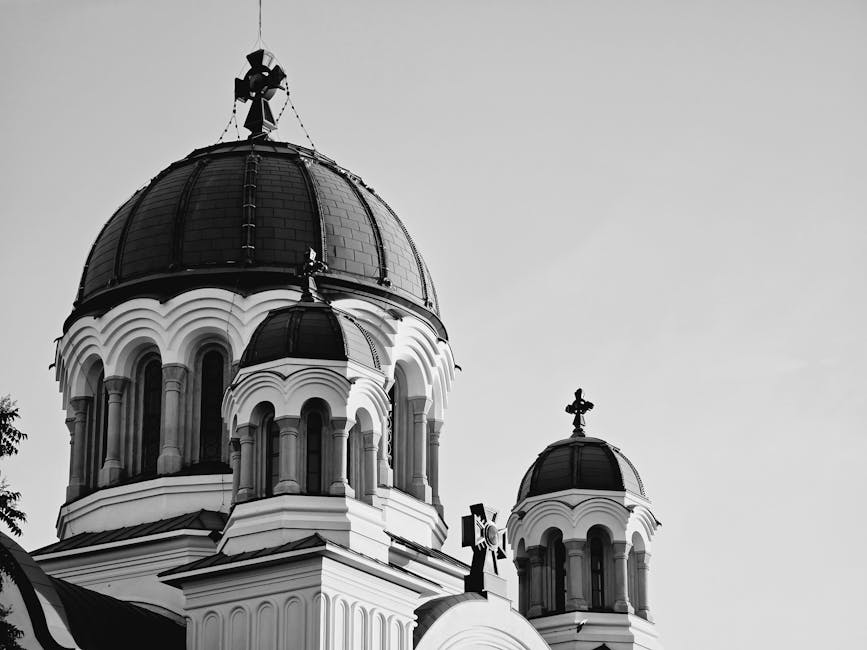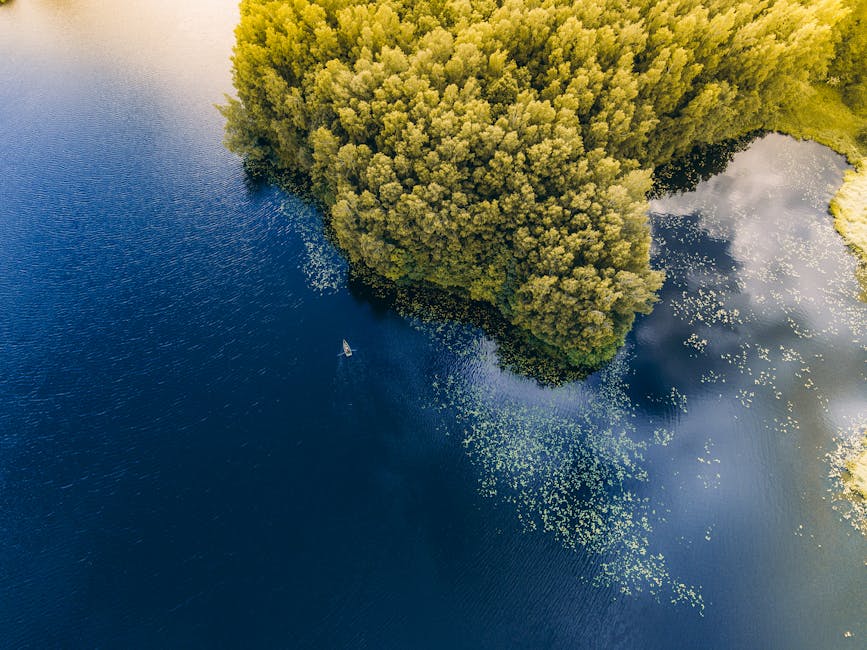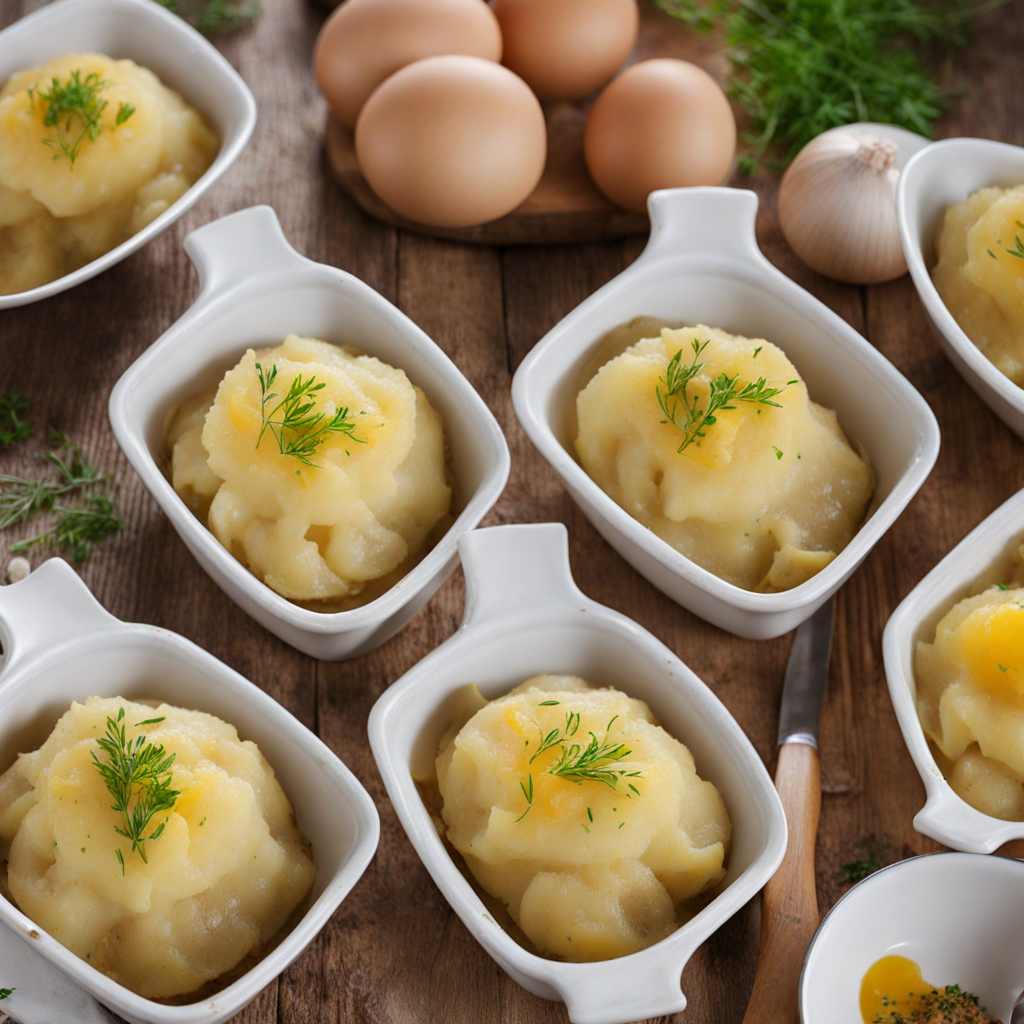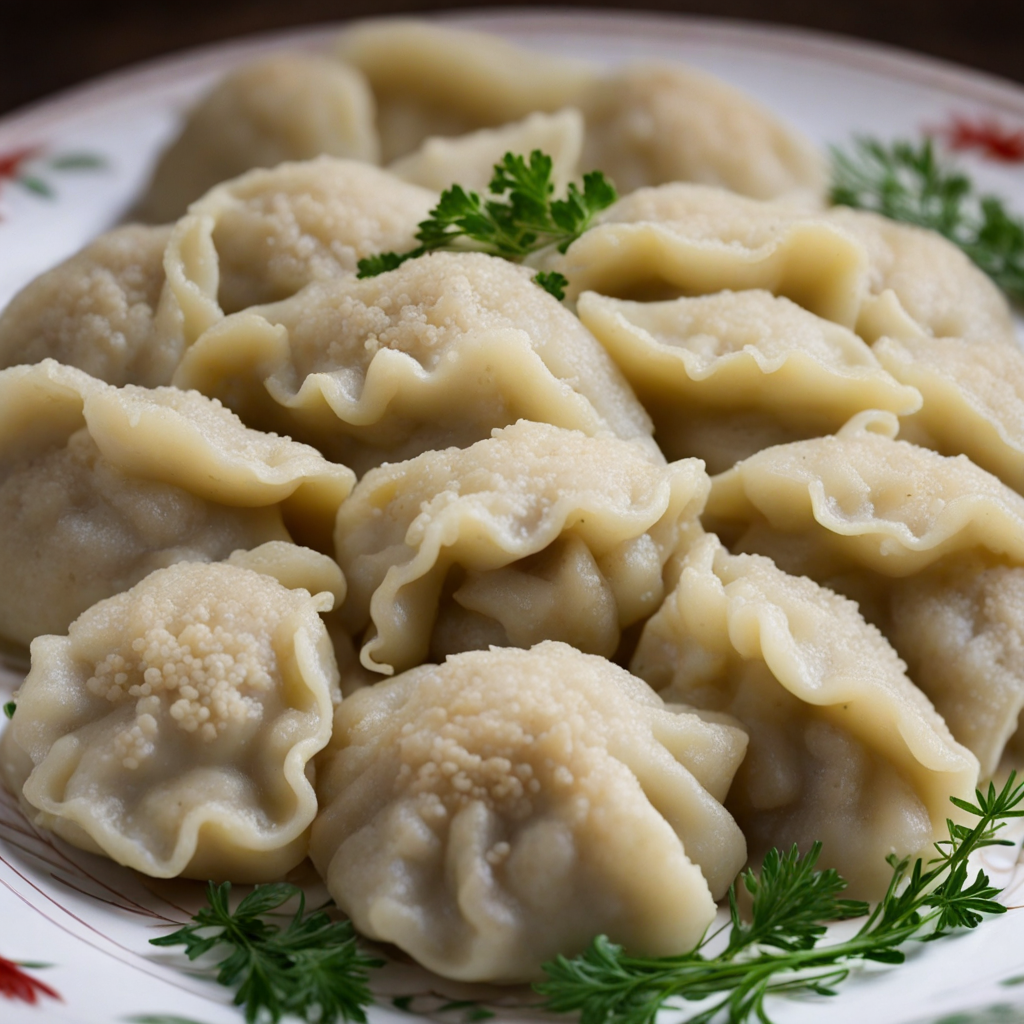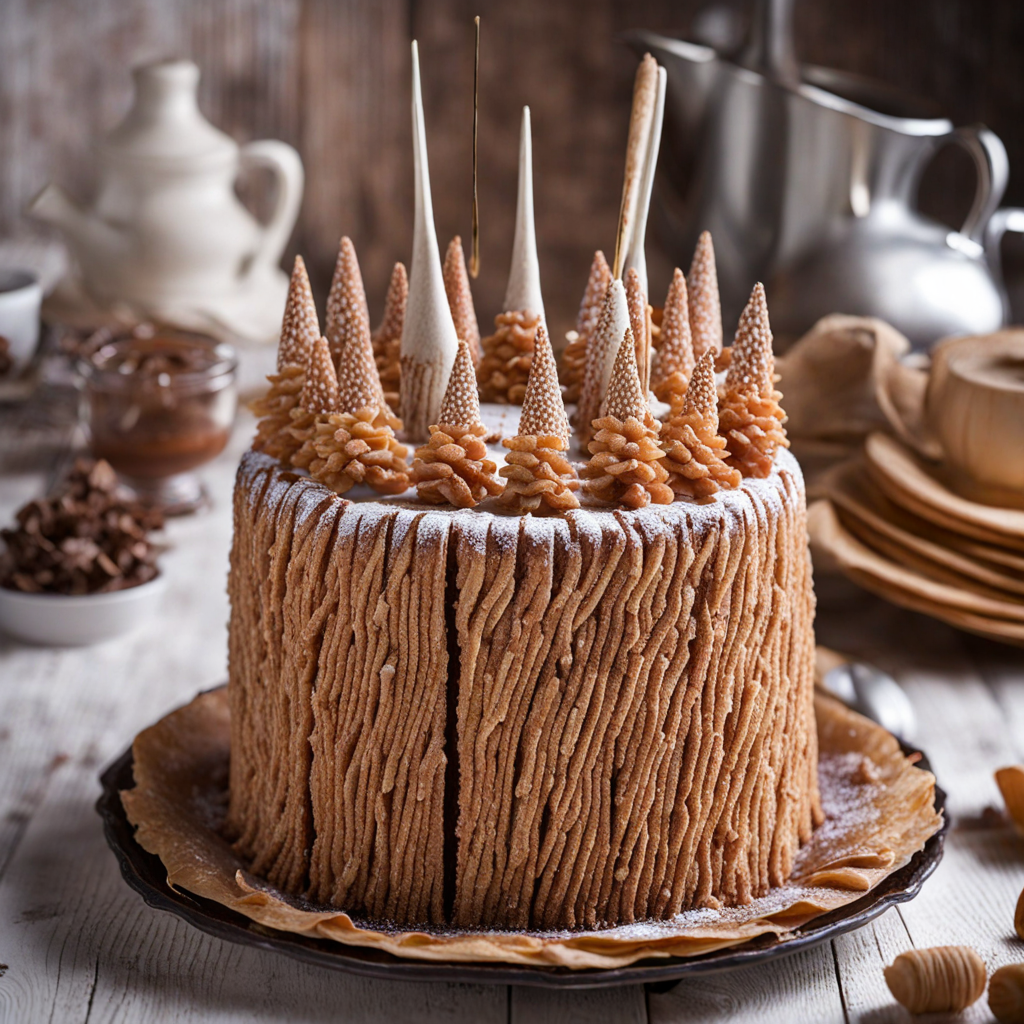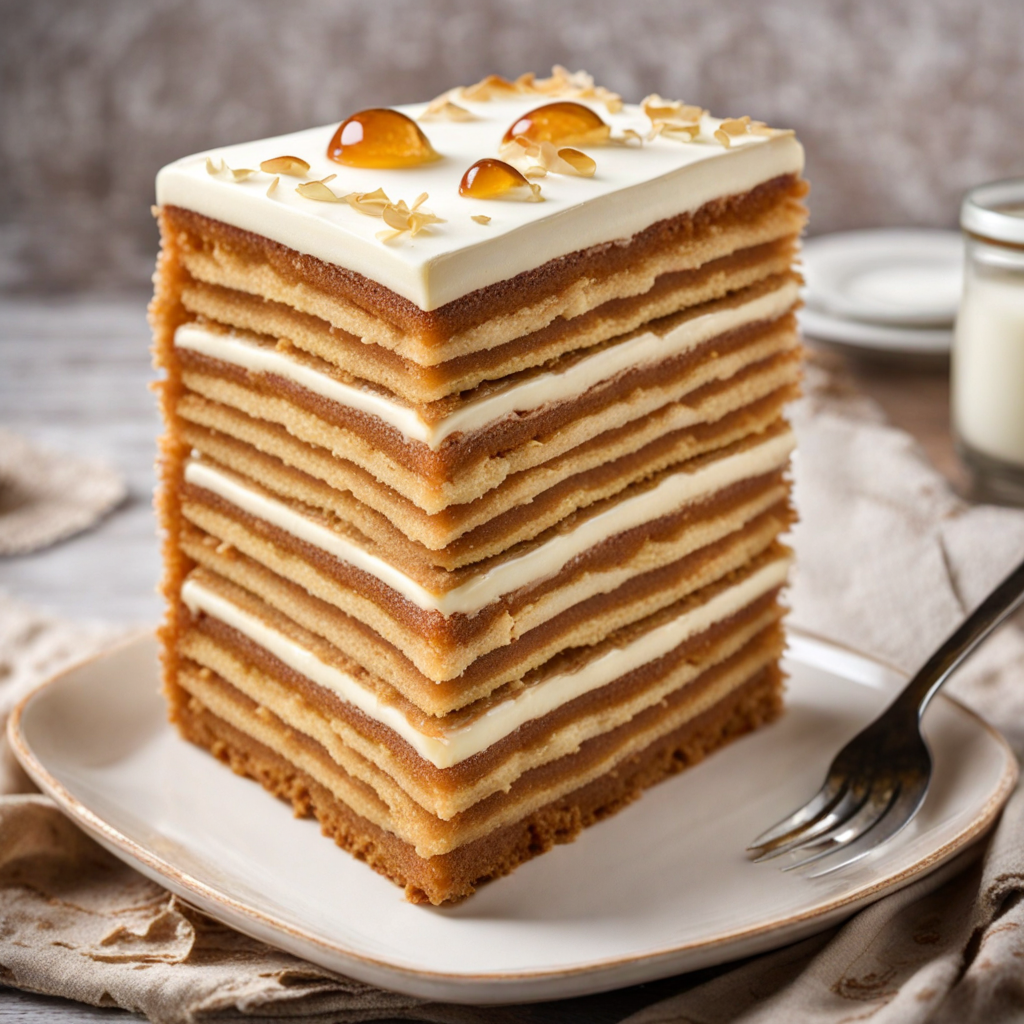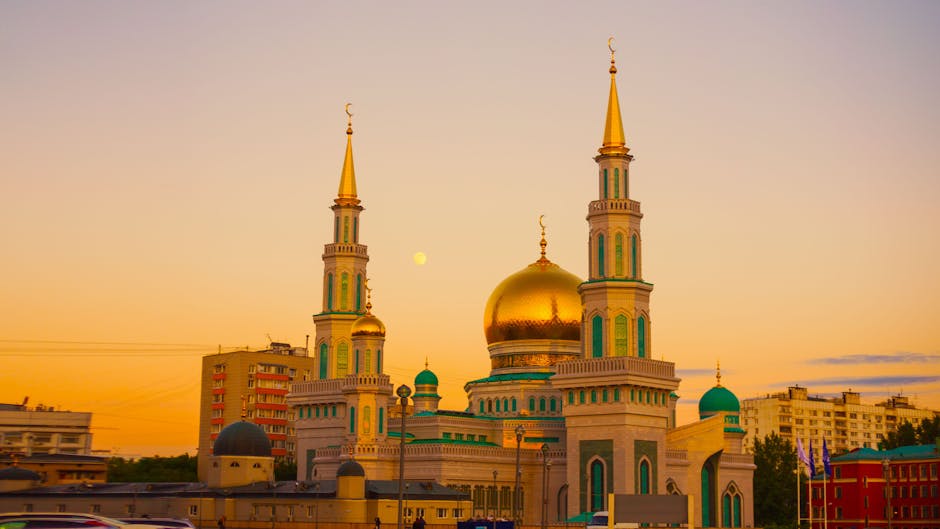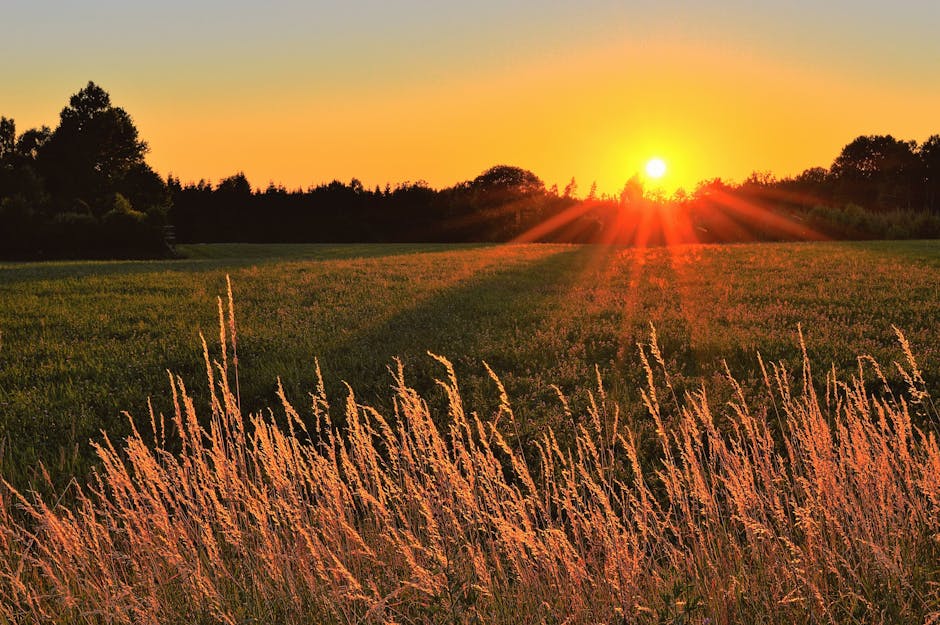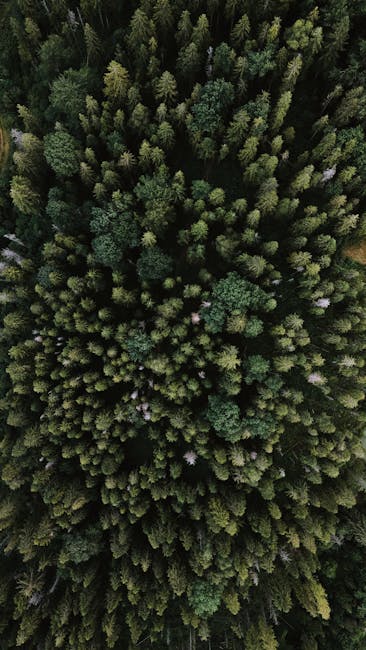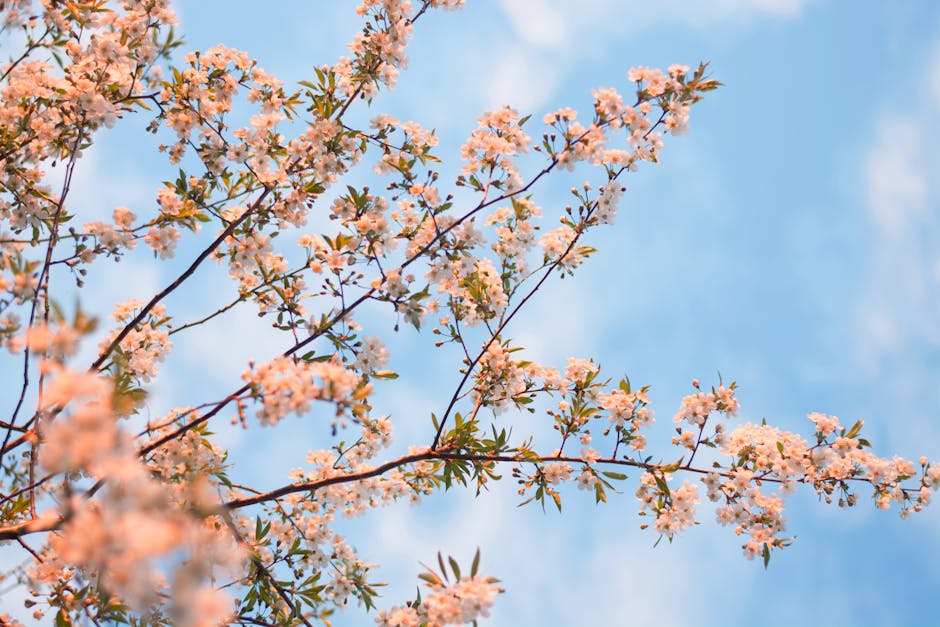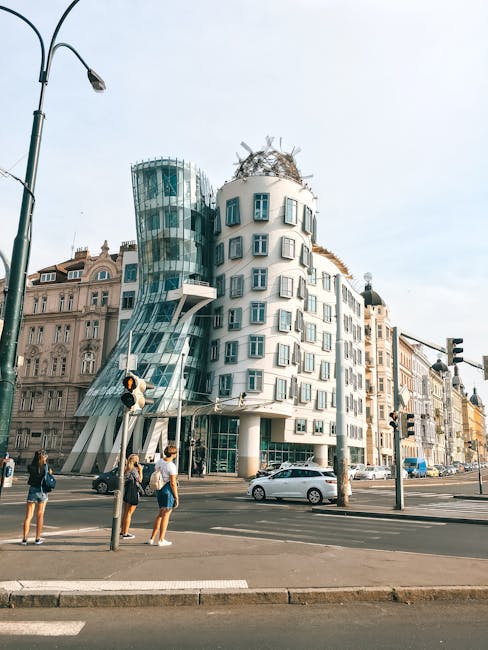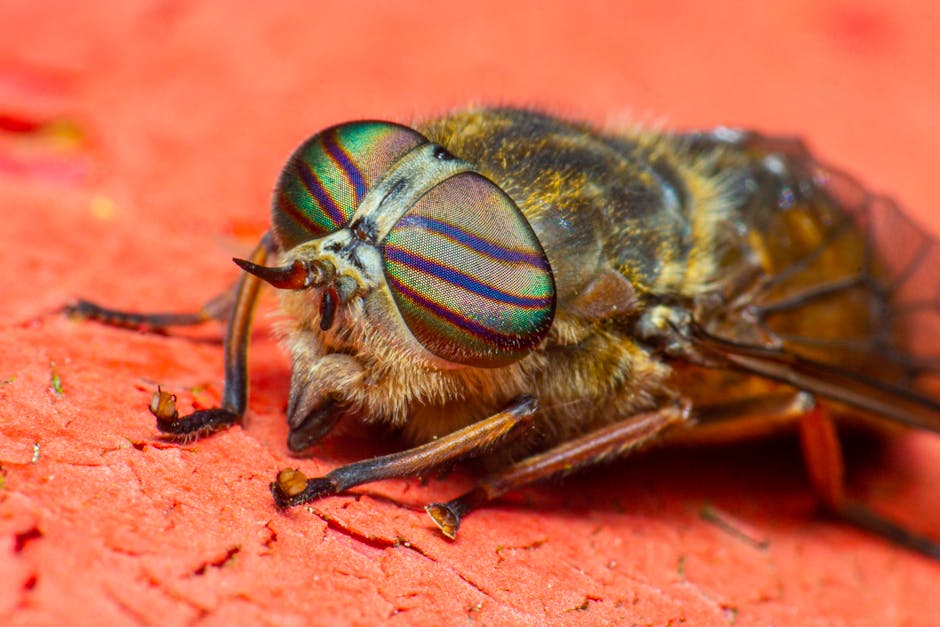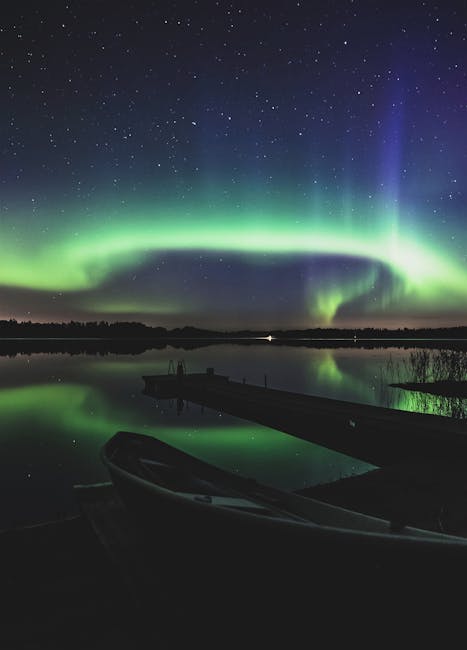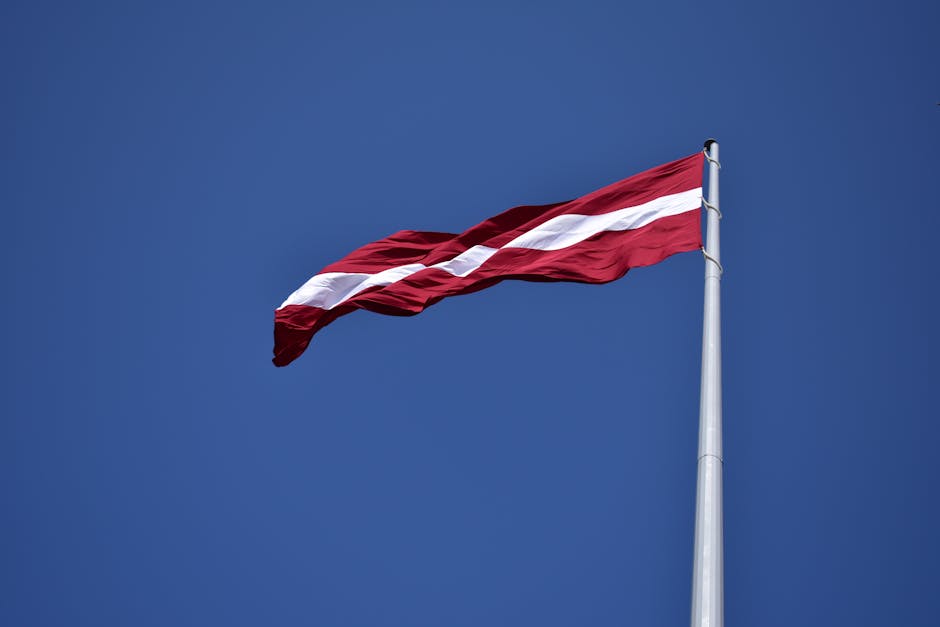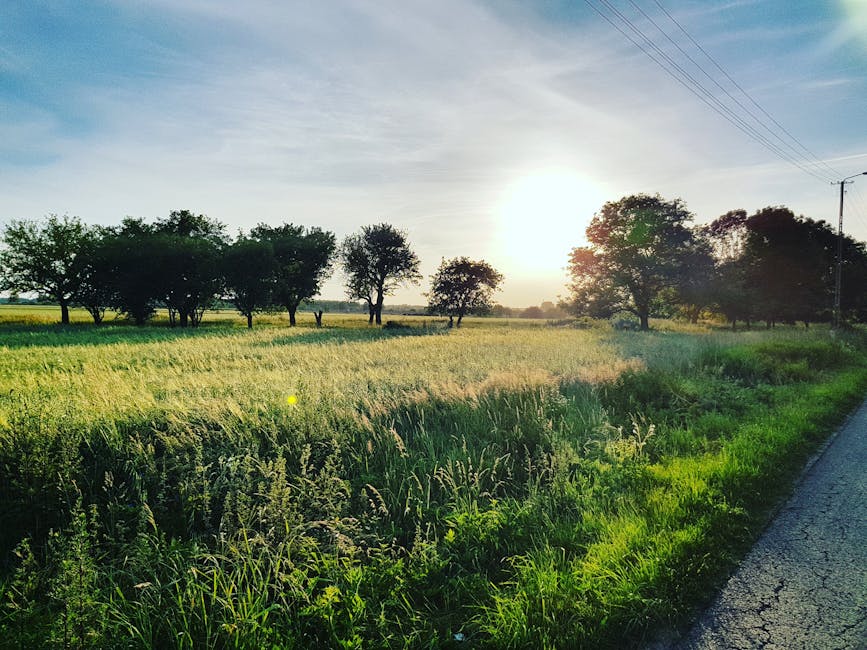Lithuania
Overview
Lithuania: A Cultural Gem
Lithuania, a gem located in the Northern part of Europe, is a country rich in history and culture. Known as the land of wood and water, its stunning landscapes are filled with dense forests, crystal-clear lakes, and winding rivers. Its unique culture is a vibrant blend of both Eastern and Western influences, reflecting its historical ties with various European powers. Lithuania stands as the southernmost of the three Baltic states, and it's known for its Gothic, Renaissance, and Baroque architecture, especially Vilnius Old Town. It's also home to the Curonian Spit, a UNESCO World Heritage site. The Lithuanian language, one of the oldest in Europe, further adds to the country's unique charm.
Traveling During High Season
The high season for tourism in Lithuania is during the summer, from June to August. The weather during this period is warm and pleasant, with temperatures typically ranging from 15 to 25 degrees Celsius, making it ideal for outdoor activities. Visitors can explore the beautiful beaches of the Curonian Spit, go hiking in one of the many national parks, or take part in a traditional Midsummer's Day celebration. Furthermore, Vilnius, the country's capital, is buzzing with music and theater festivals during the summer, providing an excellent opportunity to get a taste of Lithuanian culture and entertainment.
Travel Tips and Recommendations
Before traveling to Lithuania, it's necessary to check visa requirements, as they may vary depending on your country of origin. For EU citizens, a passport or ID card is sufficient. Non-EU citizens might require a visa. The official currency is the Euro, so visitors from non-Euro countries should prepare to exchange their money. English is widely spoken by younger people and in tourist areas, but learning a few basic phrases in Lithuanian could enhance your experience.
It's also important to note that Lithuania's weather can be unpredictable, so packing layers and a raincoat is recommended. Lastly, ensure you have travel insurance covering health services as medical treatments can be expensive for non-EU citizens.
A Glimpse into the Past
Lithuania, a gem nestled in the heart of the Baltic region, boasts a rich and multifaceted history that has shaped its culture, identity, and landscapes. From the ancient tribes to the modern state, the journey of Lithuania is a tale filled with resilience, tradition, and transformation.
The history of Lithuania begins with the Baltic tribes, who inhabited the region over 5,000 years ago. These tribes were known for their unique customs, languages, and pagan beliefs. The most significant among them were the Samogitians and the Aukštaitians, whose territories would later form the backbone of the Grand Duchy of Lithuania.
In the 13th century, Lithuania emerged as a powerful political entity under the leadership of Mindaugas, who became the first and only King of Lithuania in 1253. His reign marked the beginning of the Grand Duchy of Lithuania, which would expand to become one of the largest countries in Europe by the 15th century. The capital city, Vilnius, became a vibrant center of culture and politics, renowned for its thriving trade routes and rich architectural heritage.
During the 14th and 15th centuries, Lithuania entered a significant phase of its history through a strategic union with Poland. In 1386, Grand Duke Jogaila married the Polish queen, which led to the formation of the Polish-Lithuanian Commonwealth. This union fostered a golden age, where the two nations flourished in arts, science, and culture. Visitors to Lithuania can still admire the stunning architecture from this era, particularly in Vilnius, which is home to the magnificent Vilnius Cathedral and the stunning Gediminas’ Tower.
However, the Commonwealth’s prosperity was not to last. In the late 18th century, the partitions of Poland led to the disintegration of the Polish-Lithuanian Commonwealth. By the end of the 18th century, Lithuania was divided primarily between the Russian Empire and the Kingdom of Prussia. This marked the beginning of a long period of foreign domination, which would profoundly impact Lithuania’s national identity.
The 19th century was marked by a resurgence of national consciousness, fueled by a desire to revive the Lithuanian language and culture. The National Revival Movement saw the emergence of notable figures such as Maironis, a celebrated poet whose works inspired a generation. The Press Ban from 1864 to 1904 prohibited the use of the Lithuanian language in print, but Lithuanians found creative ways to maintain their language and traditions, often in secret gatherings known as “kultūros vakarėliai.”
The early 20th century brought about significant political change. Following the chaos of World War I, Lithuania declared independence on February 16, 1918. The interwar period was a time of cultural flourishing, with the establishment of institutions, schools, and the promotion of the arts. Kaunas, which became the temporary capital, transformed into a vibrant hub of modernist architecture, with notable sites like the Devils' Museum and Vytautas the Great War Museum.
However, the onset of World War II shattered this newfound independence. Lithuania was invaded by the Soviet Union in 1940, then occupied by Nazi Germany from 1941 to 1944, before returning to Soviet control. The impact of these occupations was devastating; the Holocaust claimed the lives of a significant portion of the Jewish community, and many Lithuanians faced severe repression. Sites such as the Ponary Memorial serve as poignant reminders of this tragic chapter.
The late 1980s saw a resurgence of the independence movement, sparked by the Singing Revolution. This peaceful protest movement united Lithuanians in their quest for freedom. On March 11, 1990, Lithuania became the first Soviet republic to declare independence, a bold move that would inspire other nations within the USSR. This period is marked by significant events such as the Baltic Way in 1989, where over two million people formed a human chain across the three Baltic states, calling for freedom.
Today, Lithuania is a thriving member of the European Union and NATO, with a vibrant economy and a rich cultural scene. Visitors to Lithuania will find a blend of historical and modern attractions. The capital, Vilnius, is a UNESCO World Heritage site, known for its well-preserved medieval old town. The Baroque architecture of St. Anne's Church, along with the artistic vibe of the Uzupis district, where the local community declared independence, reflect the city's eclectic charm.
Beyond Vilnius, Kaunas offers a unique glimpse into Lithuania’s interwar period, with its modernist architecture and museums. The Kaunas castle and the Žalgiris Arena showcase the city’s dual heritage of history and contemporary culture.
A visit to Trakai, located just a short distance from Vilnius, reveals the stunning Trakai Island Castle, a picturesque medieval fortress surrounded by lakes. This site is not only a symbol of Lithuania’s past but also a popular destination for hiking, boating, and tasting traditional Kibinai, a local pastry.
In the north, Klaipeda, the country’s only port city, offers a unique blend of German and Lithuanian influences. The nearby Curonian Spit, a UNESCO World Heritage site, is known for its breathtaking dunes and serene beaches, perfect for nature lovers and those seeking tranquility.
Lithuania's diverse landscapes, from verdant forests to shimmering lakes, are intertwined with rich folklore and traditions. Festivals such as Užgavėnės, celebrated in February, showcase vibrant masks and folk dances, while Jūratė and Kastytis, a mythological love story, is a staple of Lithuanian culture.
The journey through Lithuania’s history is a testament to its enduring spirit and cultural richness. As visitors explore its cities, towns, and natural beauty, they will discover a nation that has not only survived but thrived through adversity, proudly embracing its past while looking toward a bright future. With its blend of history, culture, and stunning landscapes, Lithuania invites travelers to delve into its captivating story and experience the warmth of its people.
Top cities for tourists in Lithuania
Discover the Famous Cities That Might Captivate Your Interests
Must-Try Foods You Can't Afford to Miss
Indulge in a Variety of Fantastic Foods During Your Stay in Lithuania
May Be Your Next Destinations
People often choose these countries as their next destination


